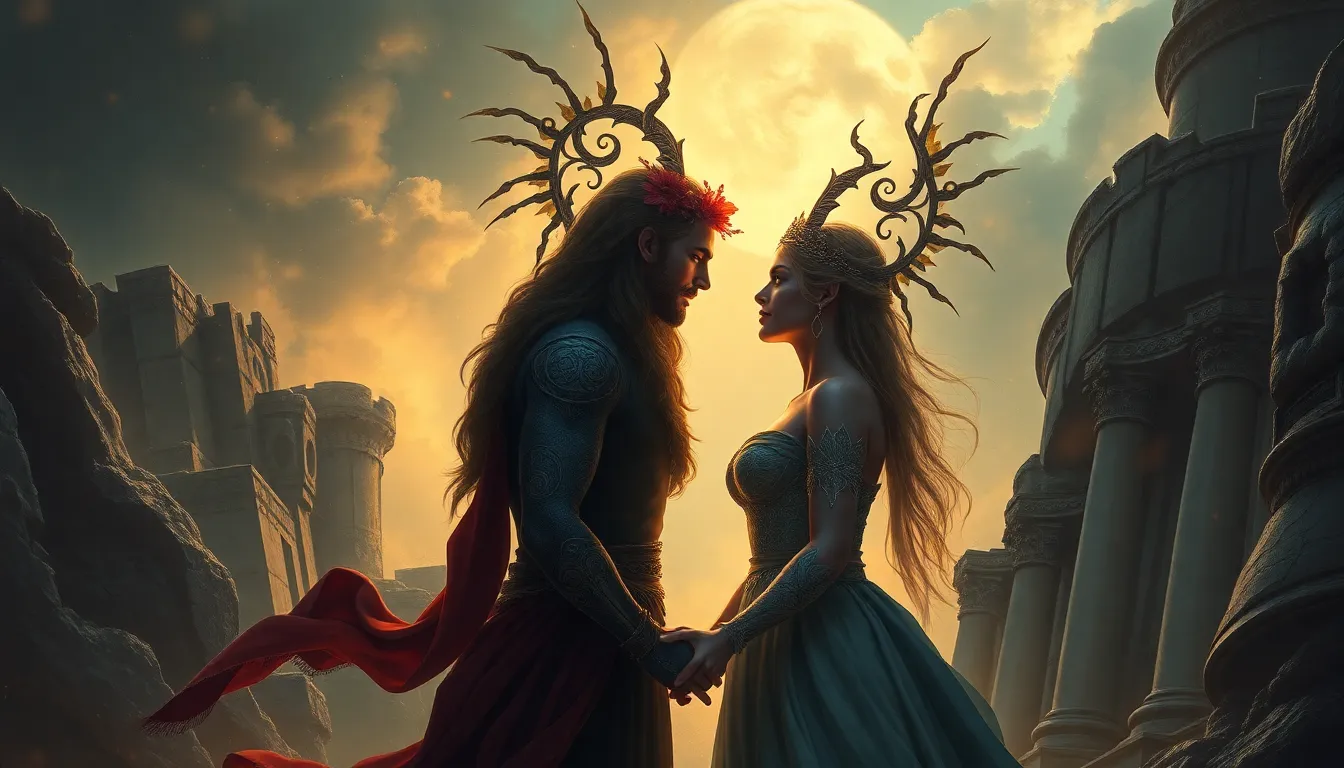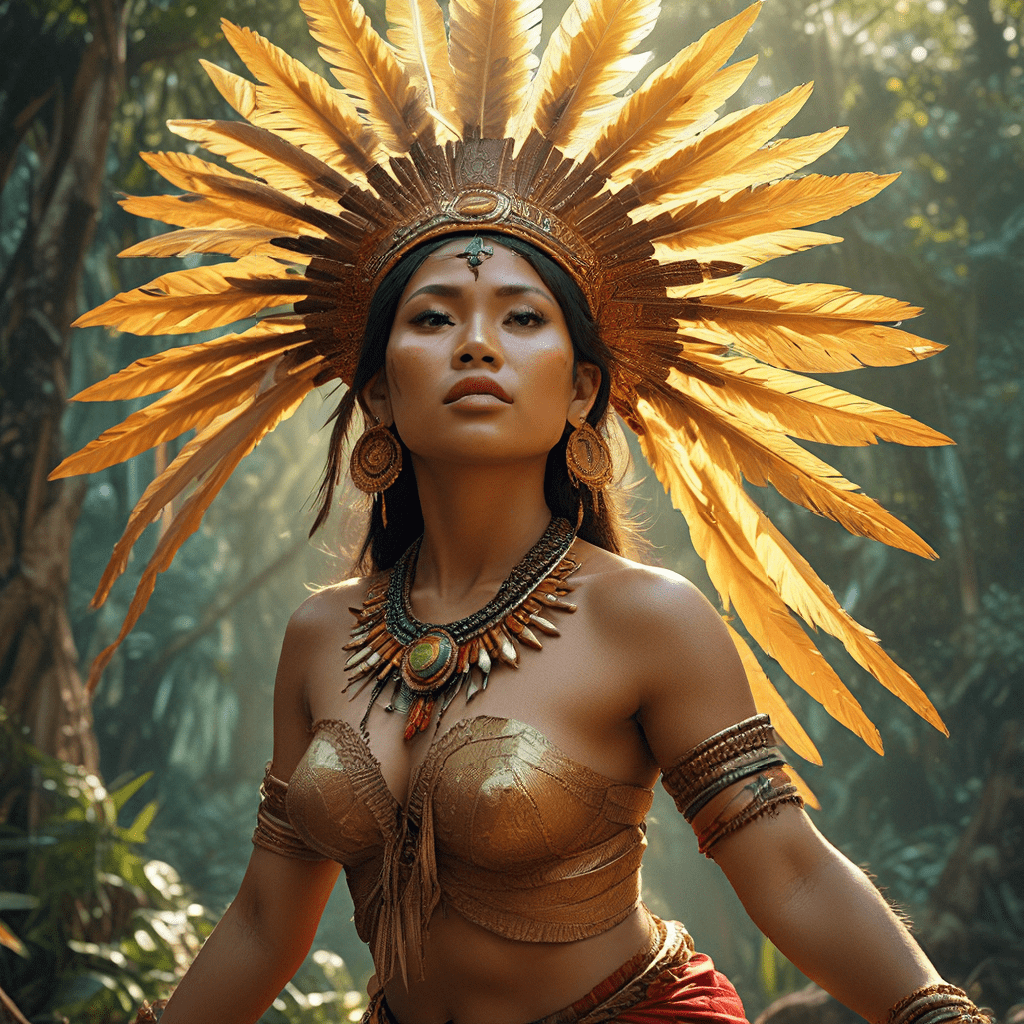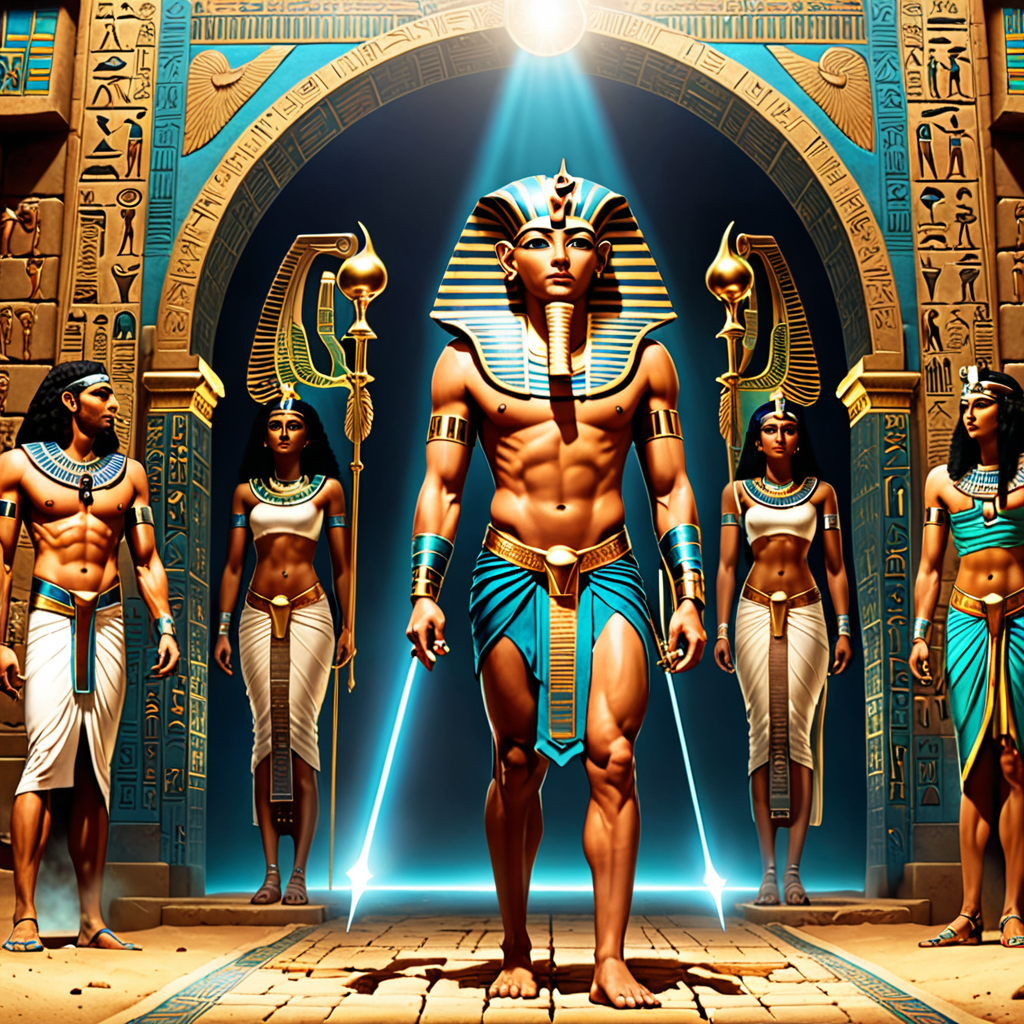Mythical Love Through the Ages: Timeless Tales of Romance
Introduction to Mythical Love
Mythical love refers to the romantic narratives and allegories that transcend time and culture, often embodying ideals of passion, sacrifice, and eternal connection. These stories are deeply ingrained in the cultural fabric of societies, offering insights into how love is perceived, celebrated, and sometimes lamented. Throughout history, love stories have shaped societal values, reflecting the human experience and the complexities of relationships.
From ancient myths to modern adaptations, tales of mythical love serve as a mirror to societal norms, aspirations, and fears. They explore the depths of human emotion, illustrating how love can inspire, uplift, and transform lives while also cautioning against its potential to lead to tragedy.
Ancient Civilizations and Their Love Myths
Ancient civilizations produced some of the most enduring love myths that continue to resonate today. These stories often intertwine love with themes of mortality, divinity, and the natural world.
- Love stories from Mesopotamia: One of the earliest love myths comes from Mesopotamia, featuring the goddess Inanna and the shepherd Dumuzid. Their passionate love and ultimate separation symbolize the cycle of life and death, reflecting the agricultural rhythms of ancient society.
- Greek mythology: The tragic romance of Orpheus and Eurydice tells the tale of a musician who descends into the Underworld to retrieve his beloved wife. Their story encapsulates themes of love’s power and the sorrow of loss, highlighting the belief that love transcends even death.
- Egyptian mythology: Isis and Osiris represent eternal love and resurrection. Their bond is so profound that even after death, they are united, symbolizing the triumph of love over adversity and loss.
The Influence of Roman Mythology on Love Narratives
Roman mythology brought its own unique interpretations of love, greatly influencing later literature and culture. The story of Cupid and Psyche is a prime example, showcasing the trials faced by lovers and the ultimate triumph of love over challenges.
Cupid, the god of desire, falls in love with Psyche, a mortal woman whose beauty rivals that of Venus. Their journey is fraught with obstacles, including betrayal and doubt, yet it ultimately leads to Psyche’s transformation and their union. This myth not only illustrates the complexities of love but also the importance of trust and perseverance.
The impact of Roman love myths extends into contemporary storytelling, with themes of love’s trials and the interplay of fate and free will still resonating in modern narratives.
Medieval Romance: Chivalry and Courtly Love
The medieval period saw a rise in the concept of courtly love, which romanticized the ideals of chivalry and honor. Tales like that of Tristan and Isolde and Lancelot and Guinevere defined an era of love that celebrated both passion and loyalty.
- Tristan and Isolde: Their love story is one of forbidden passion, marked by betrayal and tragedy. The narrative emphasizes the conflict between social duty and personal desire.
- Lancelot and Guinevere: Their affair, set against the backdrop of King Arthur’s court, explores themes of loyalty, betrayal, and the complexities of love within a social hierarchy.
These tales influenced societal norms regarding love and honor, shaping expectations around romantic relationships and the role of love in personal identity.
Eastern Perspectives on Mythical Love
Eastern cultures also present profound narratives of love, often infused with spirituality and philosophical insights.
- The tale of Layla and Majnun: A Persian epic that portrays the theme of unattainable love, where Majnun’s obsessive passion for Layla reflects the mystical pursuit of the divine.
- Indian mythology: The love story of Radha and Krishna symbolizes divine love and devotion, conveying deep spiritual implications that transcend the physical realm.
Renaissance and the Rebirth of Love Myths
The Renaissance marked a revival of love myths through art and literature, significantly shaping modern perceptions of romance. Shakespeare’s works, particularly his romantic tragedies, explored the complexities of love and human emotion.
The interplay between love and art during this period reshaped the portrayal of love in myth, emphasizing not only the joy of love but also its potential for pain and conflict. This era laid the groundwork for future interpretations of love across various mediums.
Modern Interpretations of Ancient Love Stories
Today, ancient love stories continue to be adapted and reinterpreted in contemporary literature and film, showcasing the timelessness of these narratives.
- Modern adaptations of classical myths can be seen in films like “Romeo + Juliet,” which draws from Shakespearean themes of love and tragedy.
- There are also retellings of Greek myths, such as “Circe” by Madeline Miller, which reexamines the story of Circe from a feminist perspective.
This evolution of mythical love in popular culture highlights not only the adaptability of these stories but also their enduring relevance in discussing love, identity, and human experience.
The Role of Love Myths in Shaping Identity and Culture
Mythical love stories play a significant role in shaping both personal and collective identities. These narratives often provide frameworks through which individuals understand their own experiences and relationships.
The cross-cultural exchange of love narratives has enriched societies, allowing for a diversity of interpretations and understandings of love that reflect various cultural values and beliefs.
Psychological Perspectives on Mythical Love
From a psychological standpoint, mythical love stories can be explored through Jungian psychology, which delves into archetypes and the collective unconscious.
These archetypes—such as the lover, the hero, and the tragic figure—serve to illustrate the universal themes of love and desire that permeate human experience. Additionally, mythical love stories can profoundly impact human relationships and expectations, shaping how individuals perceive love and connection in their lives.
Conclusion: The Enduring Legacy of Mythical Love
The timelessness of love myths speaks to the fundamental human experience of seeking connection and understanding. As society evolves, these narratives continue to adapt, reflecting contemporary values while retaining their core themes of passion, sacrifice, and the complexities of love.
The future of mythical love narratives is bright, as new stories emerge, reinterpreting age-old themes for modern audiences. In an ever-evolving cultural landscape, the tales of love will undoubtedly continue to inspire and resonate, reminding us of the profound and enduring nature of love itself.



